Amaryllis Leaves Drooping: Reasons Leaves Droop In Amaryllis
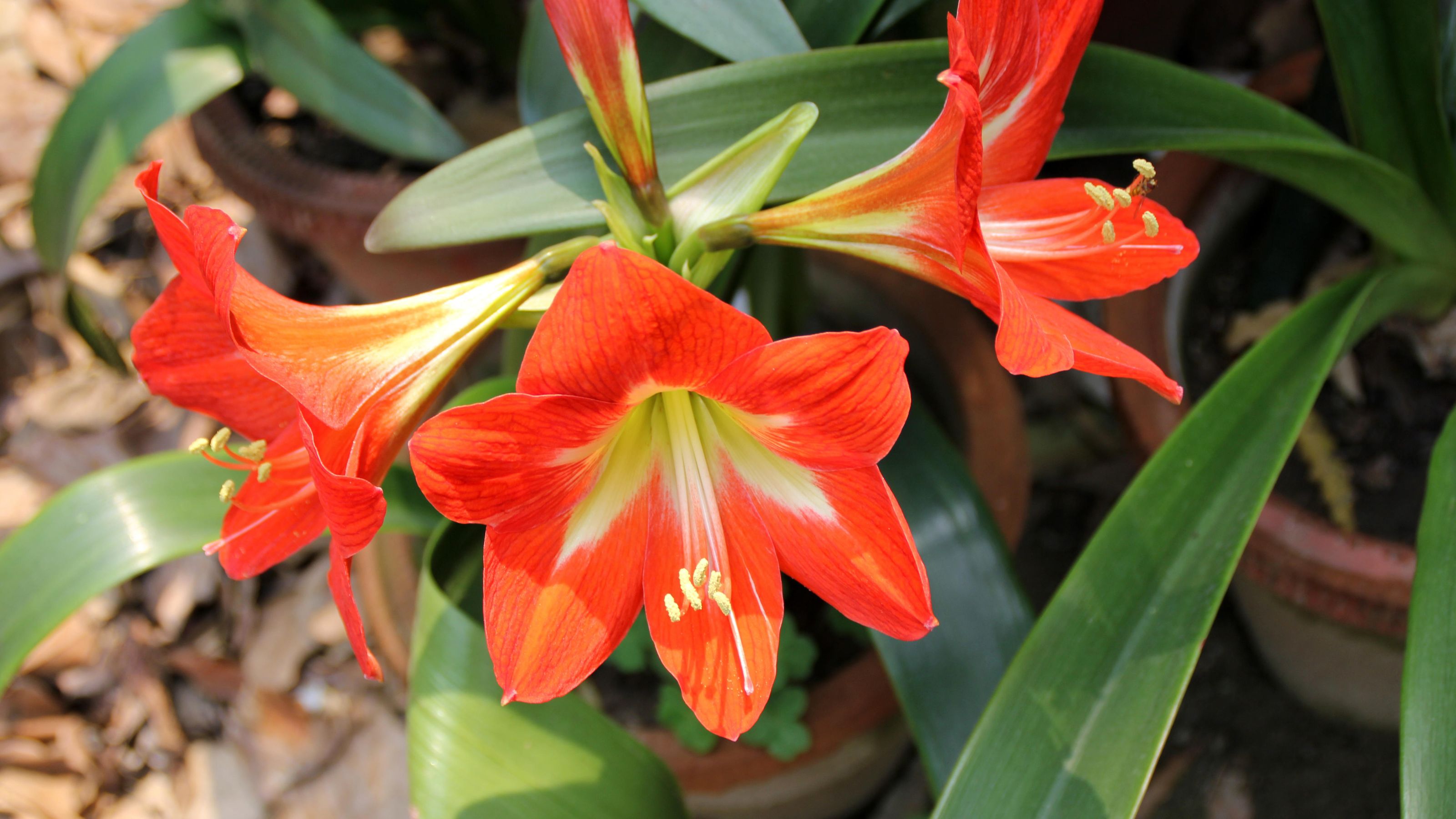

Amaryllis plants are beloved for their huge, brightly beaming blooms and large leaves - the whole package lends a tropical feel to indoor settings and gardens alike. These brash beauties live for decades and thrive indoors, but even the best houseplant has its days.
Droopy amaryllis plants aren't uncommon; and these symptoms are typically caused by environmental problems. Read on to learn what makes the leaves on amaryllis turn yellow and droop, and how to change your amaryllis care routine to save them.
Why the Leaves on Amaryllis are Drooping
Amaryllis is an easy-care plant, provided the basic needs are met. When they don't get the right amount of water, fertilizer or sunlight at the proper time in their bloom cycle, it may result in limp, yellow leaves.
You can prevent this situation and increase your plant's lifespan by keeping its basic needs in mind.
Water
Amaryllis need frequent watering and excellent drainage. Although some kits are designed for growing amaryllis in a water culture, with this method these plants will always be sickly and short-lived - they simply aren't designed to sit in stagnant water all day.
The bulb or crown may develop fungal rot under constantly wet conditions, causing limp leaves and plant death. Plant amaryllis in a well draining potting soil and water it any time the top inch (2.5 cm.) of soil feels dry to the touch.
Fertilizer
Never fertilize amaryllis as it is beginning to go dormant or you may stimulate new growth that keeps the bulb working when it should be resting. Dormancy is vital to the success of an amaryllis bulb - if it can't rest, new growth will emerge increasingly weaker until all you're left with are pale, limp leaves and an exhausted bulb.
Gardening tips, videos, info and more delivered right to your inbox!
Sign up for the Gardening Know How newsletter today and receive a free copy of our e-book "How to Grow Delicious Tomatoes".
Sunlight
If you notice amaryllis leaves drooping despite otherwise ideal care, check the lighting in the room. Once the blooms have faded, amaryllis plants race to store as much energy in their bulbs as they can before they return to dormancy. Prolonged periods of low light can weaken your plant, resulting in signs of stress like yellow or limp leaves. Plan to move your amaryllis onto the patio after bloom, or provide it with supplemental indoor lighting.
Stress
Leaves droop in amaryllis for many reasons, but shock and stress may cause the most dramatic changes. If you've just moved your plant or are forgetting to water it regularly, the stress may be too much for the plant. Remember to check your plant every few days and water as needed. When you move it to the patio, start by placing it in a shady spot, then gradually increase its exposure to light over a week or two. Gentle changes and proper watering will usually prevent environmental shock.
Dormancy
If this is your first amaryllis bulb, you may be unaware that they must spend many weeks in dormancy in order to thrive. After the blooms are spent, the plant prepares for this rest period by storing up lots of food, but as it approaches dormancy, its leaves gradually turn yellow or brown and may droop. Let them dry out completely before removing them.

Kristi Waterworth was a regular contributor to Gardening Know How for many years, answering countless queries on plant pests and diseases.
-
 Looking For Plants To Give You The Soft And Fuzzies? Try These 5 Fuzzy Leaf Plant Options
Looking For Plants To Give You The Soft And Fuzzies? Try These 5 Fuzzy Leaf Plant OptionsLovers of texture, drama, silver foliage and tactile plants will adore these special sensory garden additions. These fuzzy leaf plant options will leave you all aglow
By Susan Albert
-
 Get Ready For A Summer Of Hummers! Grow These Full Sun Hummingbird Plants and Flowers
Get Ready For A Summer Of Hummers! Grow These Full Sun Hummingbird Plants and FlowersIf you’re lucky enough to enjoy a sunny backyard, make sure you are maxing out on your pollinator opportunities and grow these full sun hummingbird plants and flowers
By Tonya Barnett
-
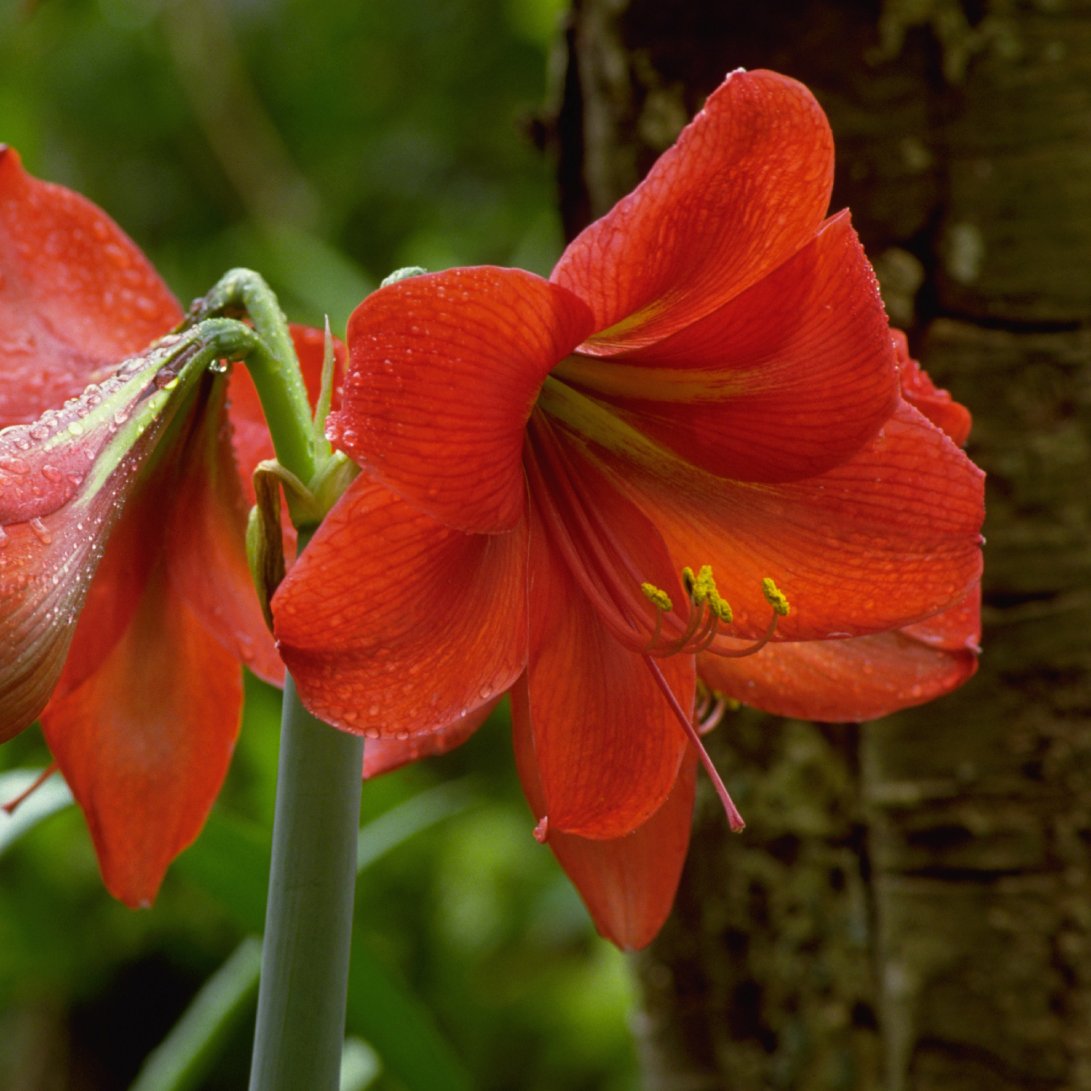 Amaryllis Southern Blight Disease: Recognizing Amaryllis Southern Blight Symptoms
Amaryllis Southern Blight Disease: Recognizing Amaryllis Southern Blight SymptomsBy Mary Ellen Ellis
-
 Amaryllis Has Leaf Scorch – Controlling Red Blotch Of Amaryllis Plants
Amaryllis Has Leaf Scorch – Controlling Red Blotch Of Amaryllis PlantsBy Tonya Barnett
-
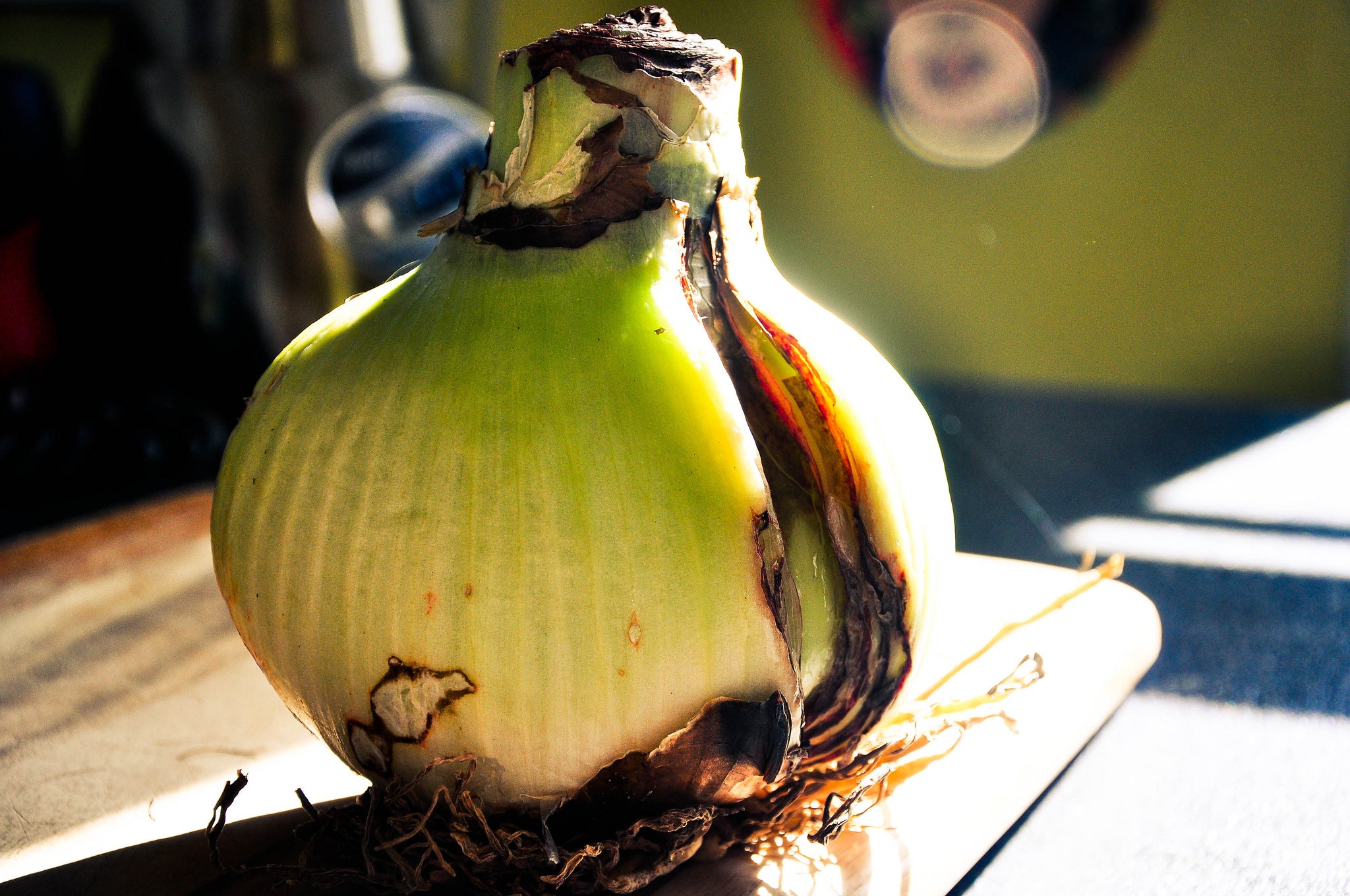 Amaryllis Bulb Rot – What Causes Rotten Amaryllis Bulbs
Amaryllis Bulb Rot – What Causes Rotten Amaryllis BulbsLike many potted plants, diseases and issues related to fungal infections can be detrimental to the development of the plant and may even cause it to die before it is able to bloom. Amaryllis bulb rot is one such issue. Learn more about this problem in the following article.
By Tonya Barnett
-
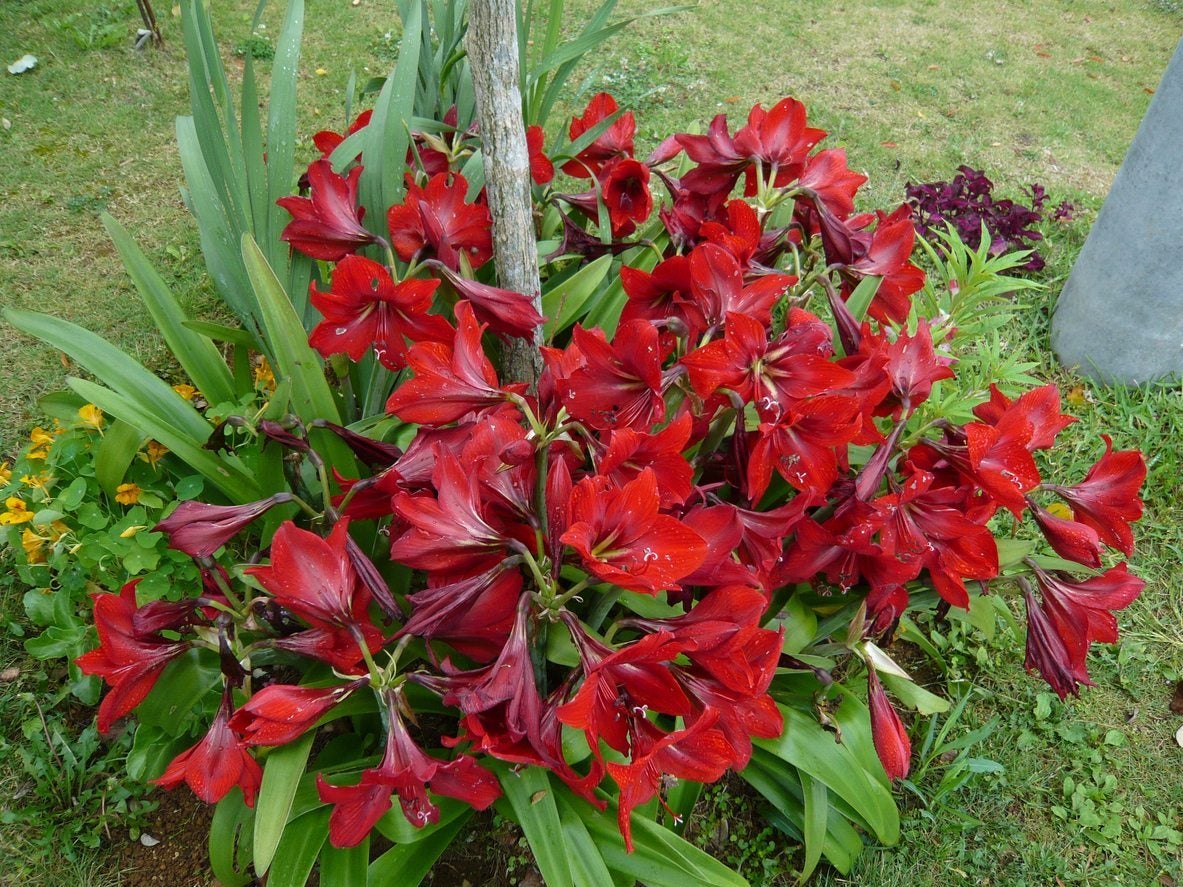 Separating Amaryllis Plants: How To Divide Amaryllis Bulbs In The Garden
Separating Amaryllis Plants: How To Divide Amaryllis Bulbs In The GardenLike many bulbs, in time and with the right environmental conditions, outdoor amaryllis bulbs will reproduce and naturalize. Amaryllis plant division is not only a way to control amaryllis colonies, but it also keeps plants healthy. Click here to learn more.
By Darcy Larum
-
 Complete Guide To Repotting Amaryllis – For Better Blooms & A Healthier Plant
Complete Guide To Repotting Amaryllis – For Better Blooms & A Healthier PlantAmaryllis plants don't need a lot of elbow room, but they do have to be repotted every 3-5 years. Wait until they're dormant and pick a slightly bigger pot.
By Teo Spengler
-
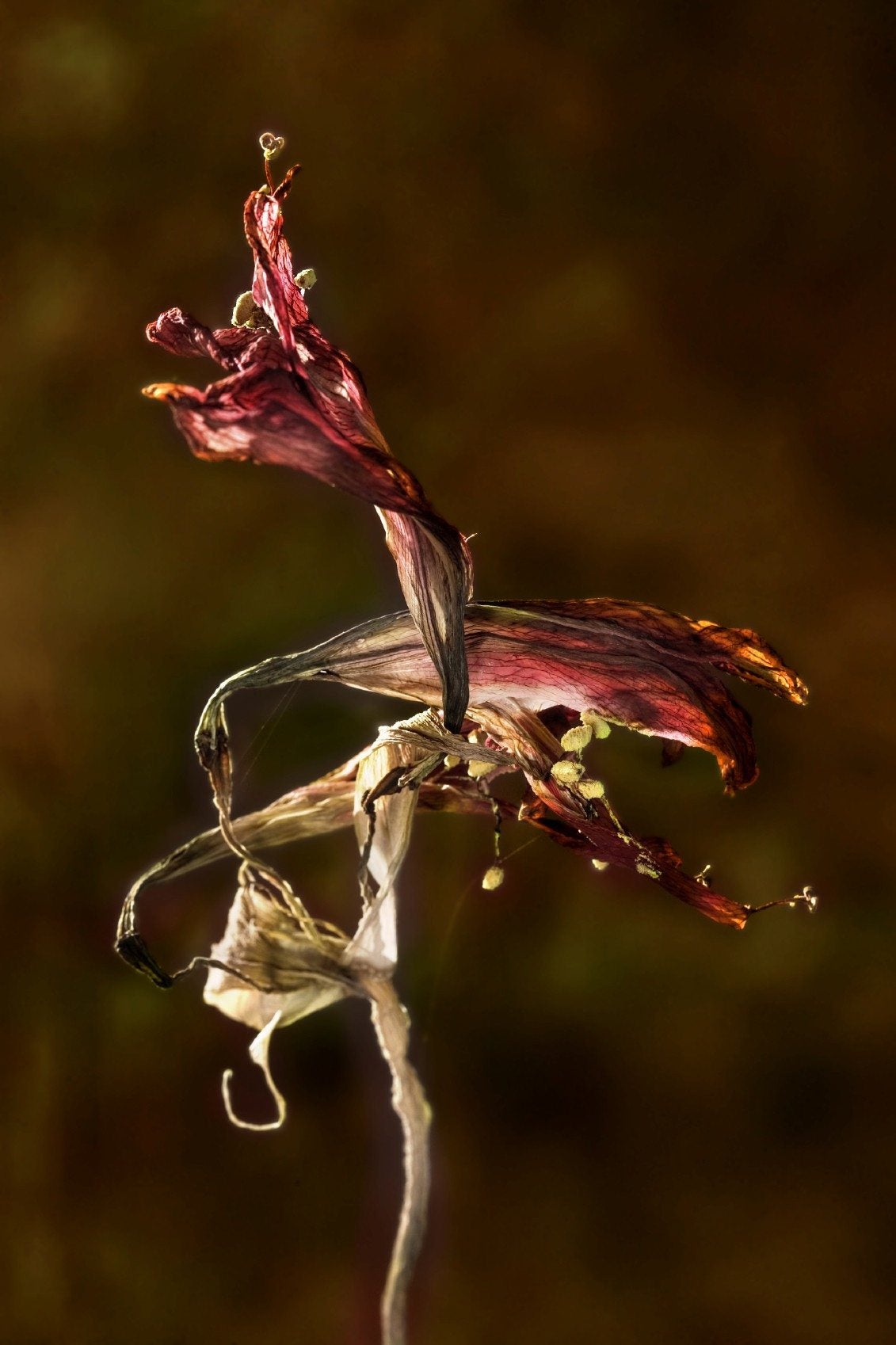 Amaryllis Seed Propagation: How To Plant An Amaryllis Seed
Amaryllis Seed Propagation: How To Plant An Amaryllis SeedIf you have some patience, you can produce and germinate your own amaryllis seed pods. Learn more about amaryllis seed propagation and how to plant an amaryllis seed in the article that follows. Click here for more information.
By Liz Baessler
-
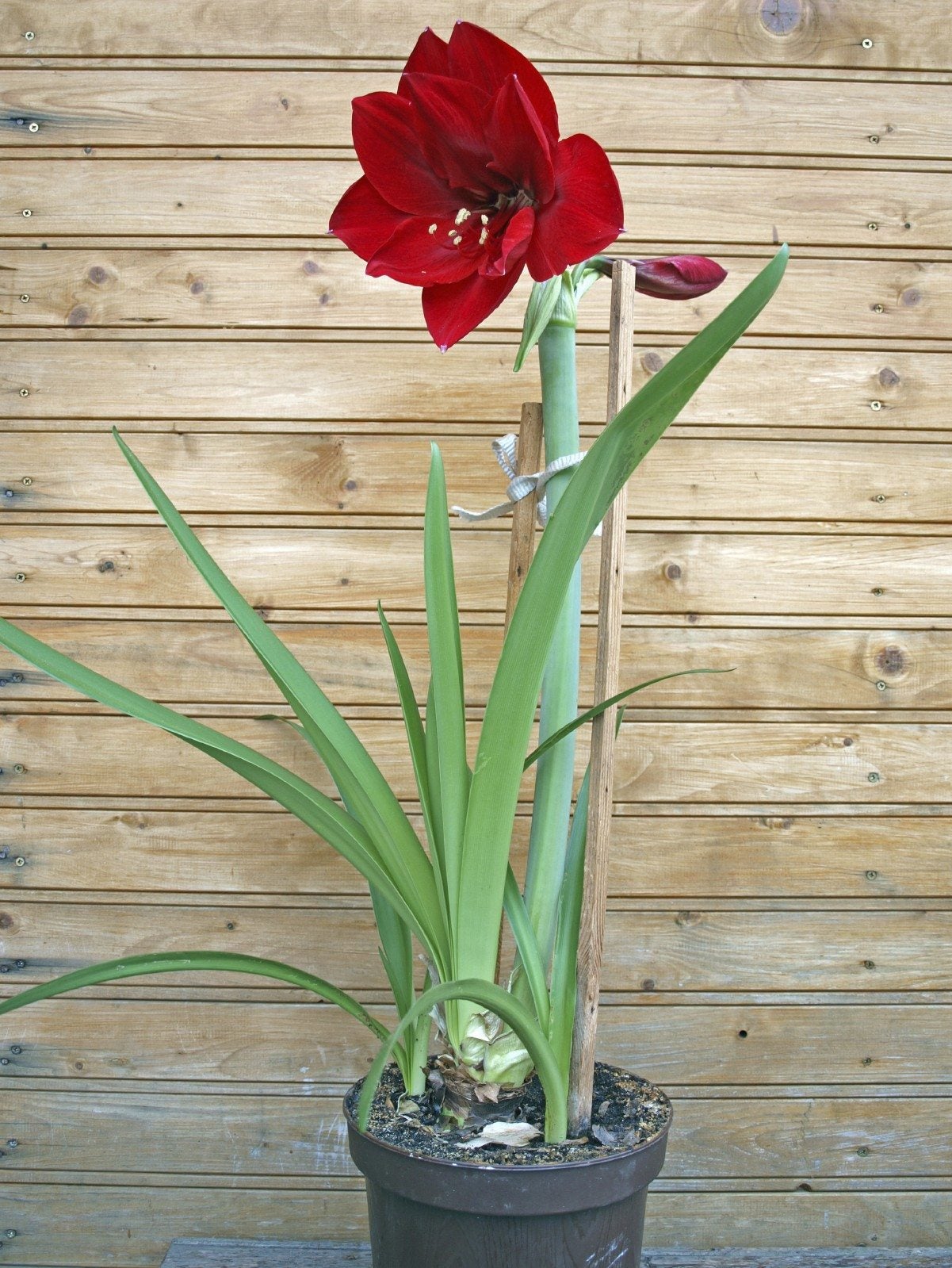 Staking An Amaryllis: Types Of Amaryllis Support Stakes
Staking An Amaryllis: Types Of Amaryllis Support StakesThe tall amaryllis stalks grow from bulbs, and each stalk bears four huge blooms. If your blooming plant gets top-heavy, you might need to learn about staking an amaryllis. Click this article for information about what to use for amaryllis plant support.
By Teo Spengler
-
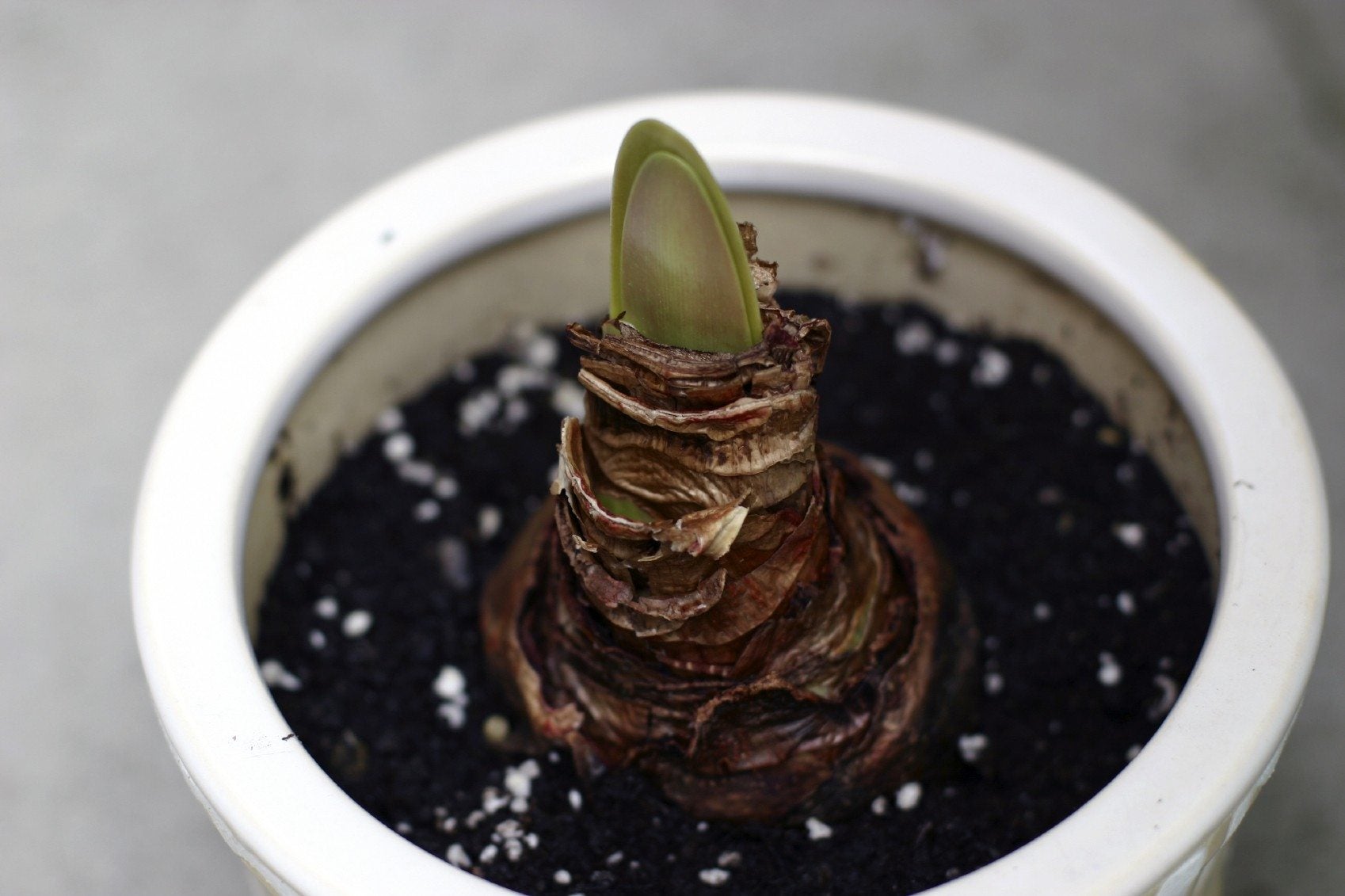 Soil For Amaryllis Plants – What Kind Of Soil Does Amaryllis Need
Soil For Amaryllis Plants – What Kind Of Soil Does Amaryllis NeedBecause it blooms in winter or early spring, amaryllis is almost always kept in a pot indoors, so you have more say in the kind of soil it grows in. So what kind of soil does amaryllis need? Learn about amaryllis soil requirements in this article.
By Liz Baessler